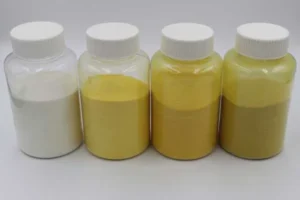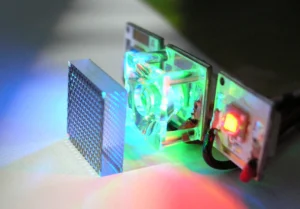
Halide Materials, Advanced Photonics. | Above 99.9%. High Performance.
Halide materials are made by combining metals with halogen elements such as fluorine, chlorine, bromine or iodine and have excellent optical, electronic and luminescent properties. Due to their high purity, good stability and adjustable bandgap, halide materials are widely used in optoelectronics, photovoltaics, scintillators and advanced optical components.
Halide Materials Overview
Halide materials are compounds formed by combining halogen elements (fluorine, chlorine, bromine, iodine) with metals or semiconductors. They exhibit unique optical, electrical, and chemical properties, making them vital for optoelectronics, energy conversion, and other advanced applications.

Types of Halide Materials:
Key Properties:
Applications:

